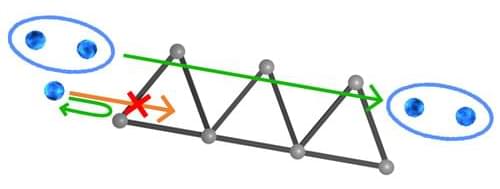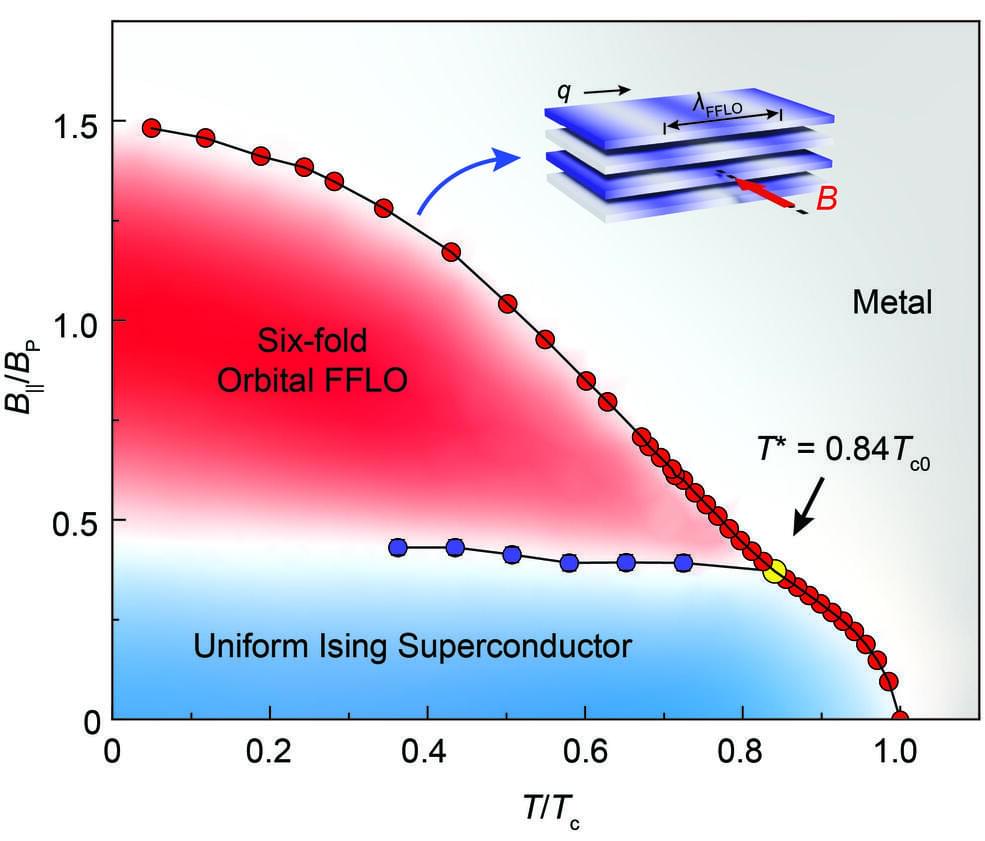May 30, 2023
New York City Sinking Under Weight of Skyscrapers
Posted by Shubham Ghosh Roy in categories: futurism, materials
New York City is sinking under the weight of its massive buildings, leaving it more vulnerable to rising seas, a new study finds.
Most coastal cities are slowly sinking as the earth beneath them settles and groundwater is drained away. In some metropolises, the weight of large, concrete-and-steel skyscrapers may be hastening this slump, but experts rarely, if ever, account for the mass of large buildings in projections of future sinking.
For the new study, scientists tallied the weight of every building in New York, which they put at 842 million tons, and estimated the downward force of these structures across the city. They found that buildings are leaving a bigger imprint in areas rich in clay than in areas where sand or bedrock predominate.


















